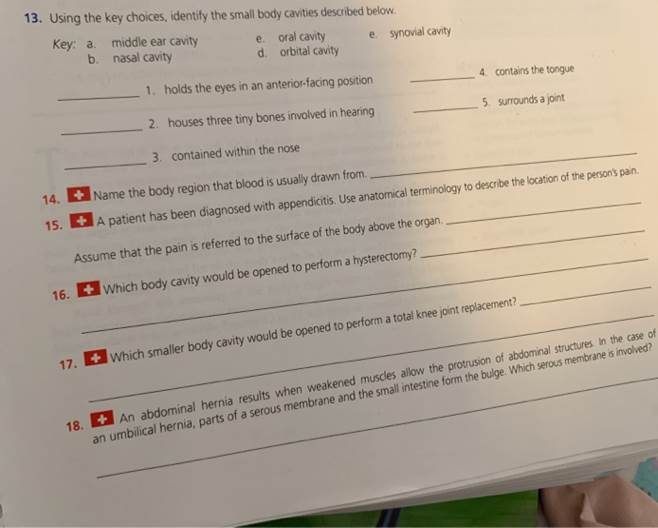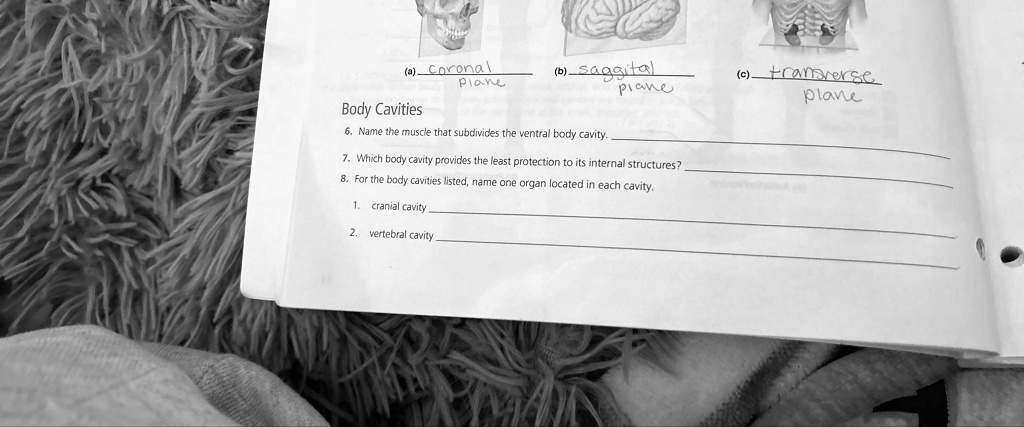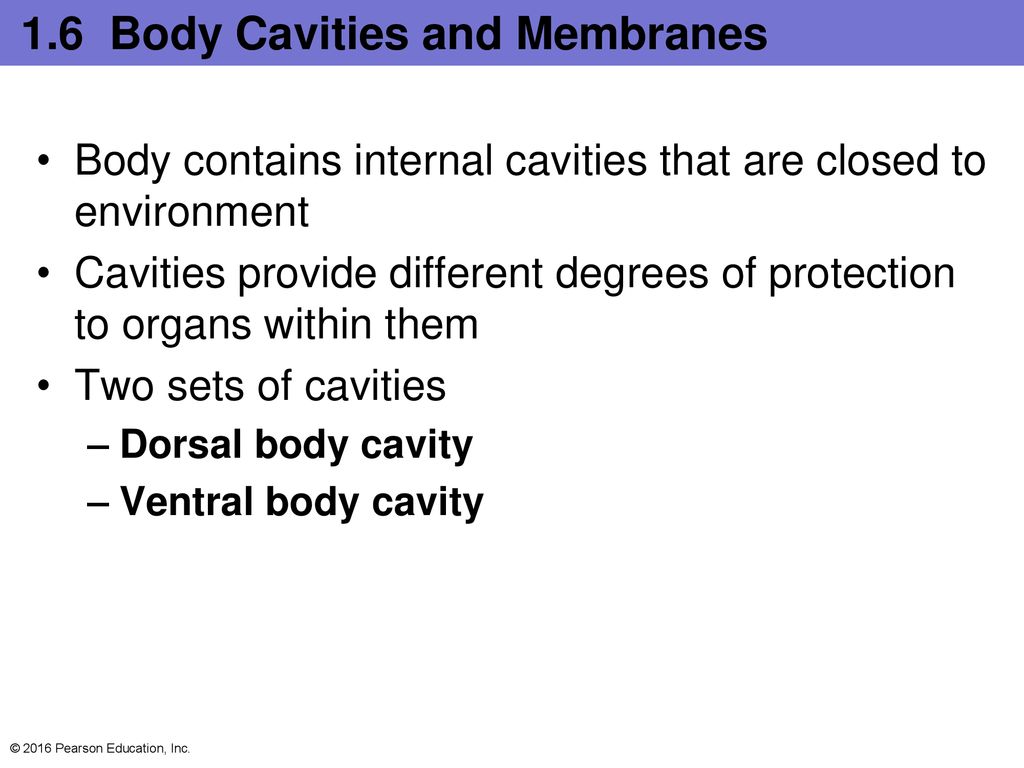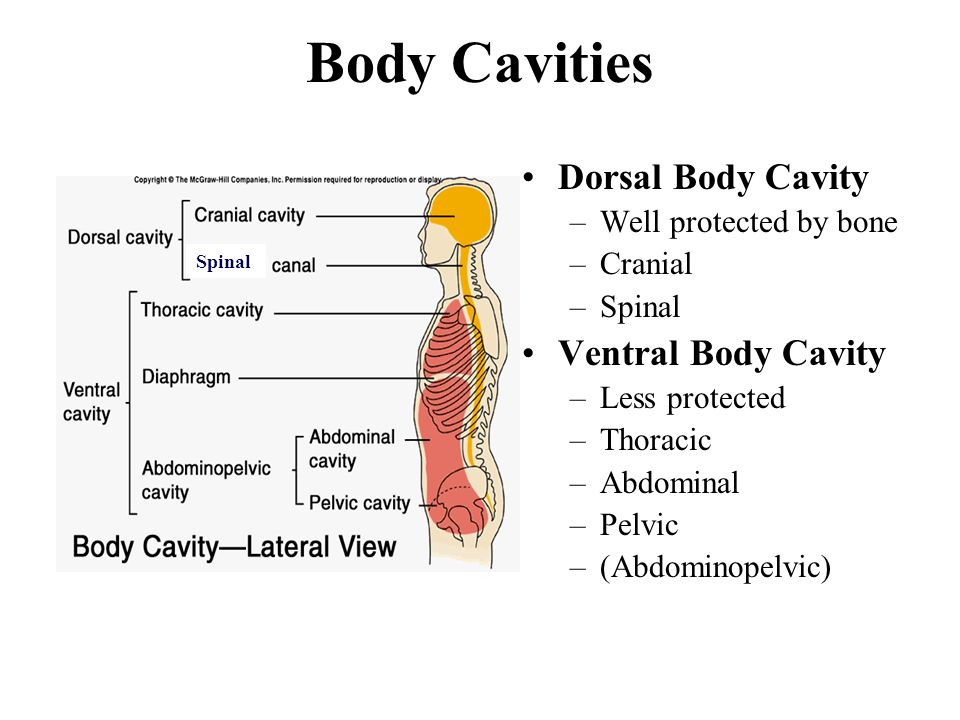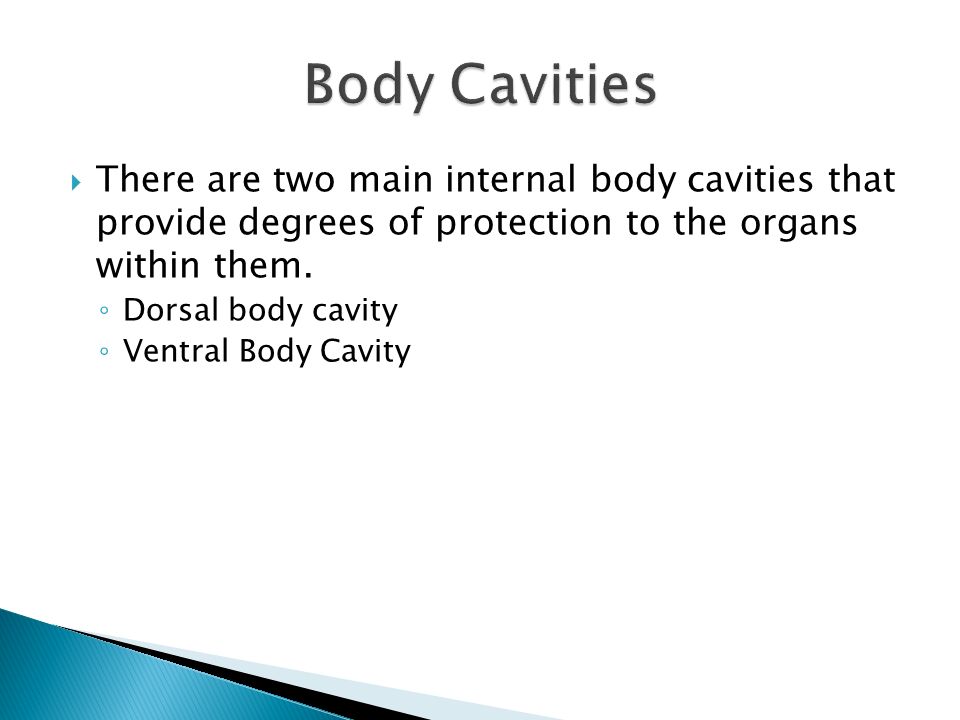Which Body Cavity Provides The Least Protection

The human body, a marvel of biological engineering, houses its vital organs within a series of protective cavities. However, this protection isn't uniform. A stark reality exists: one cavity, more vulnerable than the others, leaves its precious contents perilously exposed to the outside world.
This vulnerability, often overlooked in everyday life, becomes critically important in understanding injury patterns, medical interventions, and even forensic investigations. Knowing which cavity offers the least safeguard is crucial for both medical professionals and individuals alike.
This article delves into the comparative anatomy of the human body cavities, assessing their protective mechanisms and pinpointing the one that presents the most significant risk of injury. We'll examine the structural defenses of each cavity, analyze real-world scenarios of trauma, and explore the implications for medical treatment and prevention.
Understanding Body Cavities and Their Defenses
The human body contains several major cavities, each designed to house and protect vital organs. These include the cranial cavity, the thoracic cavity, the abdominal cavity, and the pelvic cavity. Each cavity boasts unique protective features, from bony structures to muscular walls and cushioning layers of fat.
The cranial cavity, enclosed by the skull, provides arguably the strongest defense. This bony fortress shields the brain from direct trauma, with the meninges and cerebrospinal fluid offering additional layers of cushioning.
The thoracic cavity, containing the heart and lungs, benefits from the rib cage, sternum, and thoracic vertebrae. While not impenetrable, this skeletal framework offers significant protection against blunt force and penetrating injuries.
The pelvic cavity, housing the bladder, rectum, and reproductive organs, is partially protected by the pelvic bones. However, its protection is less comprehensive than that of the cranial or thoracic cavities, particularly towards the anterior aspect.
The Abdominal Cavity: A Site of Vulnerability
In contrast to the bony armor of the cranial and thoracic cavities, the abdominal cavity relies primarily on muscular walls, namely the abdominal muscles, and a layer of fat for protection. This relative lack of skeletal support makes it the most vulnerable of the major body cavities.
The abdomen contains vital organs, including the stomach, liver, spleen, intestines, and kidneys. These organs are essential for digestion, detoxification, and waste removal, making their protection paramount.
The abdominal wall, while providing some defense, is susceptible to both blunt and penetrating trauma. Direct blows, motor vehicle accidents, and falls can cause significant internal damage, even without visible external injuries.
Analyzing Protective Mechanisms and Injury Patterns
A key factor in determining the vulnerability of a body cavity is the nature and extent of its protective mechanisms. The rigid bones of the skull and rib cage offer considerable resistance to injury, while the more flexible abdominal wall is less effective in absorbing or deflecting impact.
The presence of air-filled spaces, such as the lungs within the thoracic cavity, can also help to cushion organs during trauma. However, the abdominal cavity lacks this inherent cushioning, making its organs more susceptible to direct injury.
Data from trauma centers consistently show that abdominal injuries are a significant cause of morbidity and mortality. Penetrating trauma, such as gunshot wounds and stabbings, are particularly devastating, often resulting in severe organ damage and life-threatening hemorrhage.
Even seemingly minor blunt trauma to the abdomen can result in internal bleeding or organ rupture. The spleen and liver, due to their size and friability, are particularly vulnerable to such injuries.
Medical Implications and Preventative Measures
Recognizing the vulnerability of the abdominal cavity is crucial for prompt and effective medical treatment. Rapid assessment and diagnosis are essential in cases of abdominal trauma, often requiring imaging studies such as CT scans to identify internal injuries.
Protective gear, such as seatbelts in vehicles and protective equipment in sports, plays a vital role in mitigating abdominal injuries. Educating the public about these preventative measures is paramount.
The development of advanced medical technologies, such as minimally invasive surgical techniques, has improved outcomes for patients with abdominal injuries. These techniques allow surgeons to repair damaged organs with smaller incisions, reducing the risk of complications.
Ethical Considerations and Future Research
The vulnerability of the abdominal cavity also raises ethical considerations in certain situations. For example, the risk of abdominal injury must be carefully weighed when considering restraint techniques in law enforcement or mental health settings.
Future research should focus on developing improved protective materials and technologies for the abdomen. This could include advanced body armor for law enforcement and military personnel, as well as improved vehicle safety features.
Further research into the biomechanics of abdominal trauma could also lead to a better understanding of injury mechanisms and the development of more effective preventative strategies.
Conclusion: A Call for Awareness and Vigilance
The abdominal cavity, due to its relative lack of skeletal protection, stands as the most vulnerable major body cavity. This vulnerability underscores the importance of injury prevention strategies and the need for rapid and effective medical treatment in cases of abdominal trauma.
By understanding the anatomy, injury patterns, and medical implications associated with abdominal injuries, we can work to reduce the incidence and severity of these potentially life-threatening events. Awareness and vigilance are key to protecting this vital region of the human body.
Ultimately, recognizing the unprotected nature of the abdominal cavity serves as a crucial reminder of the fragility of life and the importance of safeguarding our bodies against harm. From preventative measures to rapid medical response, every step counts in protecting this vulnerable area and ensuring a healthier future.

